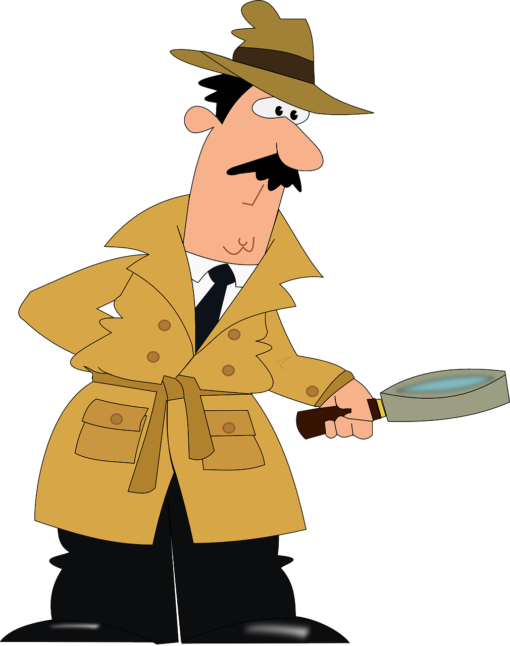Genres: Drama/Historical Epic/Memoir-True Story
Premise –
The Zookeeper’s Wife is the account of keepers of the Warsaw Zoo, Antonina and Jan Zabinski, who helped save hundreds of Jews and animals during the Nazi invasion of Poland.
As a writer, it is important to know your genres because each genre embodies special story beats. Biography or Memoir-True Story are not really genres, but for the screenplay writer, they are a methodology of how to write a story that is “based on true events.”
Unfortunately, the scriptwriter for this story did not employ the format of Memoir-True Story, which therefore resulted in loss of Narrative Drive, a.k.a. Ho-Hum story line. A fix would have been the following: Start with the Story World of 1944 Poland and show the city bombarded by relentless explosions and chaos; shrieks of despair; buildings in rubble; Nazis in the city on tanks and long lines of Jews dying in the infamous Ghetto.
Also, show the serial heinous murders of some 20,000 Polish Intelligentsia by the Nazis. Go to the beginning of the Climax/Battle scene whereby the ruthless Nazi (former distinguished zookeeper) comes to the Warsaw Zoo and pulls the Hero’s (Antonina’s) son away and we hear a gun shot. Then do a Screen Overlay that says: Five years earlier.
The writer then should move forward from 1939, with Antonina’s Story World of wild animals, some living in her house; Rhyz’ pet pig; the orderliness and compassion of the zoo staff; the husband and wife synchronicity. This is broken by the Inciting Incident, which is the bombing and execution of their prized animals. Instead, the script writer shows the Jews being rounded up as the Inciting Incident. This is not the Inciting Incident and for audiences who came to see this story, it is a fait accompli- We already know that the Jews were rounded up. It’s predictable, to say the least.
To understand the mistake inherent in this script, we must look at the Designing Principle of the story: Human compassion for the greater good can override the immediate desire to flee when one’s life is in danger. Here we have “righteous Gentiles” who were ready to risk their lives to save Jews. The question needs to be asked: Why?
If we think the answer is because the Hero was compassionate, we miss the point of this story entirely. What Antonina and Jan saw was the crumbling of Polish society that they knew intimately and lovingly- They were not only zookeepers, but zoologists; research intellectuals; artists; lovers of animals. Much worse, they knew the value of their Jewish friend’s insect collection: thousands of rare species; they knew the value of their Jewish friend’s famous sculptures. In a horrifically short period of time, all of this was destroyed by a brutal fascist regime that used the Jews as their scapegoat.
Furthermore, the fascist Nazi regime’s ultimate goal was to murder all the Poles and/or turn them into slaves, for their racial ideology stated that Poles/Slavs/Jews/Catholics were inferior to the Aryan ideal. This is symbolically shown to us by the obsession of the Nazi Opponent former zoologist to cross breed animals so that he could create a modern “Aryan” hunting animal to increase Hitler’s great enjoyment of then hunting them down and killing these animals. All of the aforementioned Story World was overlooked by this script writer, but it was key to the motivation of the Hero and her devoted husband to become defiant and hide as many Jews as they could; fight in the Partisan Movement; devise extremely dangerous methods to get the Jews out of the Ghetto.
The script writer chose an Opening called the Community Opening, which plays in about 1% of all scriptwriting. It’s a slow opener; it shows a group of people laughing, socializing, life is beautiful and enchanted. And then, boom! Everything falls apart with the brutal realities of war. The problem of using this Community Opening with this particular story was that it was boring and predictable because worldwide audiences know what happened in Warsaw, Poland and in many corners of the world in 1939. It was a poor choice of opening this Story World; it made the audience feel that they were being preached to and/or manipulated.
The Hero, Antonina never had the Nazi zoologist with his hands all over her, almost raping her. This was not in Antonina’s journals, which contained very personal information. There never was a young Ghetto girl who was raped by the Nazi soldiers in Antonina’s journal. So we have to ask, why did this script writer put these irritating and non-believable add-ons to the plot, which was rich with so many other important elements that could have been included. This script writer took the Drama genre and made it the focal point of the story line. Intimate Opponents and Character Web; intense Moral Argument that blows in the Climax. But not for this story – Wrong decision, and audience irritation bears it out.
For, the Nazi Opponent is executing prized zoo animals; he feels empowered; his Jew-hatred is on the table. If he wanted Antonina, he would have taken her and raped her. Okay, he was fascinated by her beauty, but that was all. It took the audience off the Narrative Drive and was not believable. The young girl raped and bloody: The Nazis would have murdered her. Her “recuperation” took the audience off the Narrative Drive.
In sum, Story World of Historical Epic was overlooked here. Drama genre and branching off and unbelievable character webs were front and center. The writer missed the opportunity to show Polish “beautiful and artistic” society destroyed forever juxtaposed with the destruction of Polish Jewry; Polish Intelligentsia were murdered…Oh! What opportunities were lost with this script! Righteous Gentiles who were willing to die in order to “do the right thing,” yes, this was a redeeming factor about the script and the movie. Still worthwhile for that fact alone. Antonina, Jan, their workers, their children: True unsung heroes.
